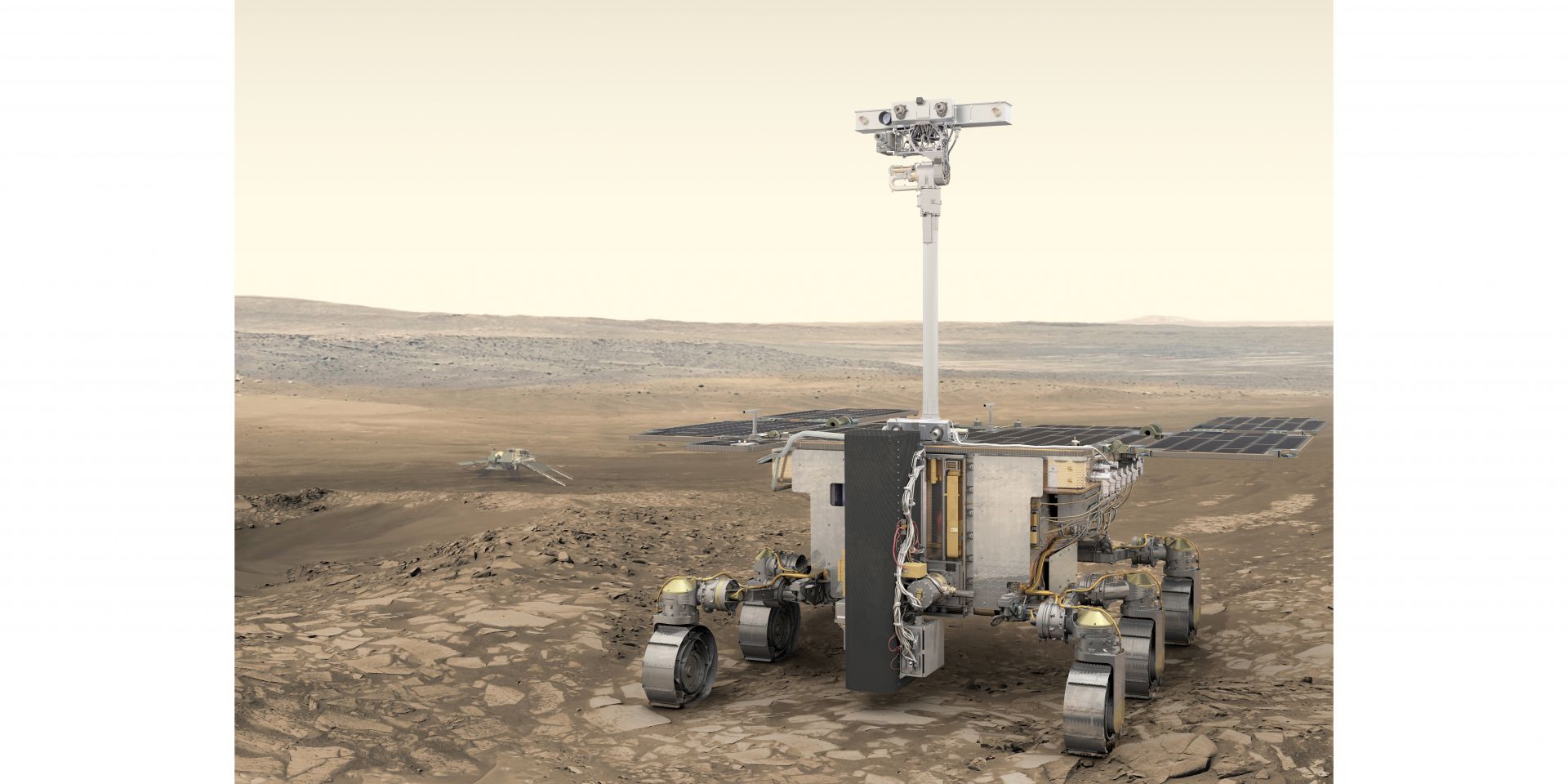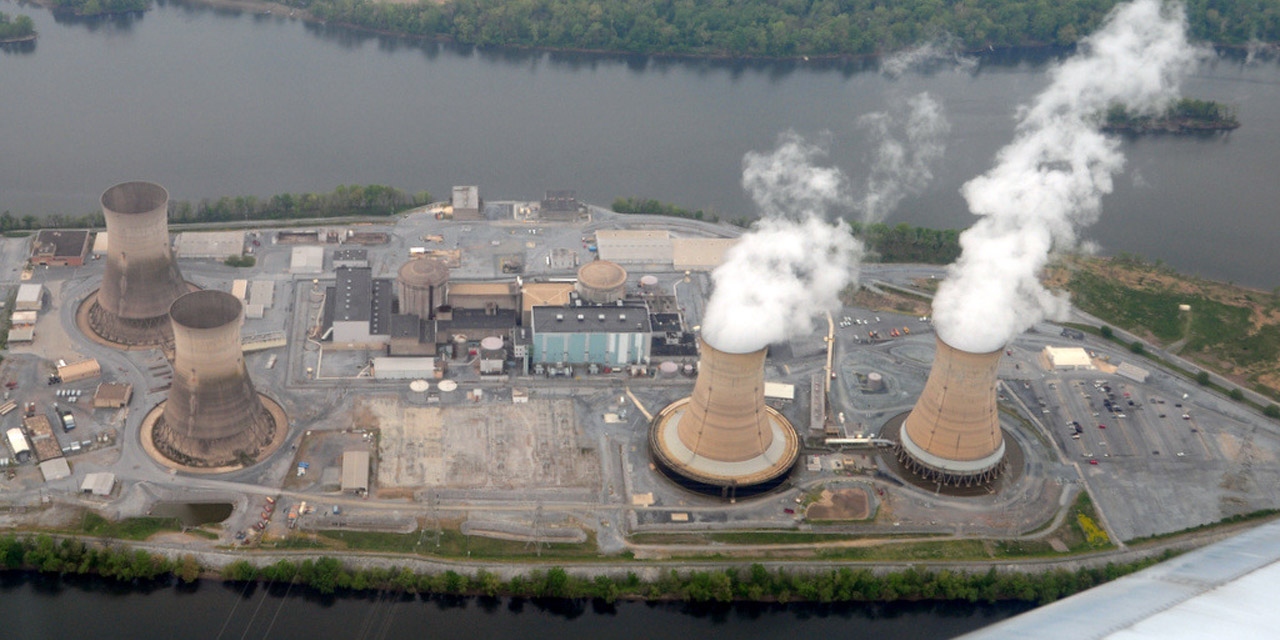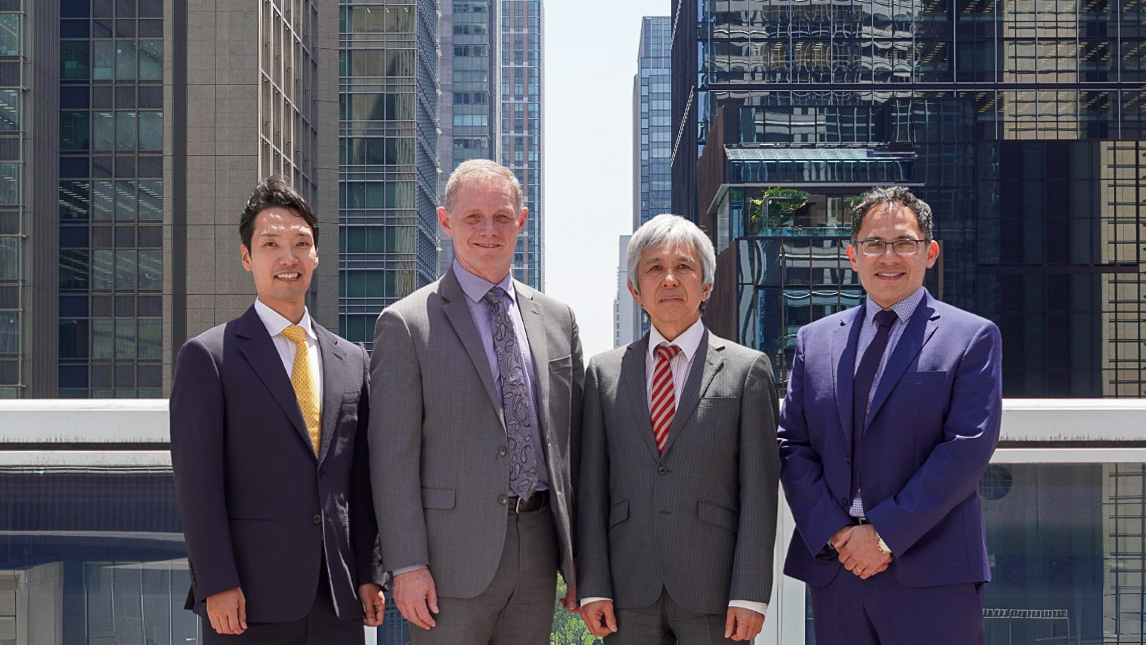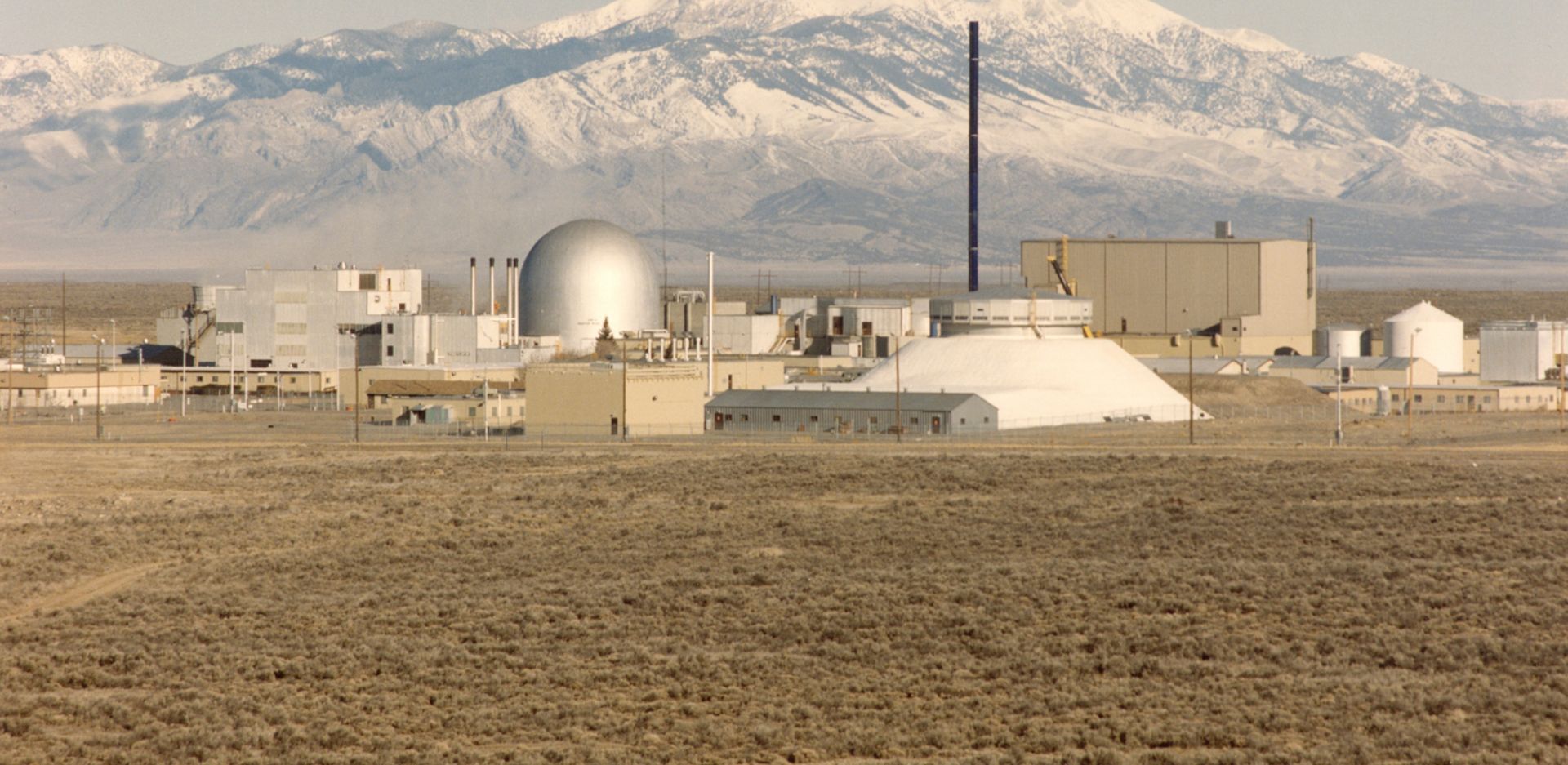Oklo’s Aurora Powerhouse (Image: Gensler)
California-based Oklo is partnering with Wyoming Hyperscale to power a state-of-the-art data center campus.
The companies, which announced the partnership last week, signed a nonbinding letter of intent to provide 100 megawatts of carbon-free energy for a 20-year power purchase agreement. Wyoming Hyperscale is building a data center on 58 acres of land on Aspen Mountain, a remote site southeast of Evanston, Wyo., and plans to use Oklo’s Aurora Powerhouse units to provide clean energy at the site.
Framatome’s spray liner rehabilitates buried piping and underground components. (Photo: Framatome)
Framatome was recently awarded a multimillion-dollar contract to perform mitigation of buried condenser feed pipes at a three-unit nuclear power plant in the United States.
The France-based nuclear company plans to install spray-in-place structural pipe liner to mitigate more than one mile of large diameter underground piping connected to plant condenser boxes. The project will be performed during nine outages over eight years, with the first application planned for fall 2025.
Concept art of ESA’s Rosalind Franklin rover. (Image: ESA/ATG medialab)
Europe’s first Mars rover—named Rosalind Franklin—was months away from a planned September launch when the European Space Agency (ESA) convened a meeting a few weeks after Russia’s February 2022 invasion of Ukraine. The ESA Council unanimously agreed on “the present impossibility” of working with Roscosmos as its launch partner and later decided to reboot its ExoMars mission with a new lander, new partners, and a new launch date.
A rendering of the Natrium plant. (Image: Terrapower)
The U.S. Nuclear Regulatory Commission has formally accepted TerraPower’s small modular reactor construction permit application and is scheduling it for review.
The company’s Natrium reactor demonstration project—the nation’s first commercial advanced reactor of its kind—would be built on land in Wyoming near one of the state’s retiring coal plants. Kemmerer Power Station Unit 1 would operate as a 345-MW sodium-cooled reactor in conjunction with molten salt–based energy storage.
An aerial photo of the three mile island nuclear power station. (Photo: Constellation)
On the company’s earnings call this month, Constellation CEO Joe Dominguez was asked if there is a possibility of restarting the shuttered Three Mile Island plant—as is being proposed for the Palisades nuclear plant in Michigan.
“We’re not unaware that opportunity exists for us,” Dominguez said. “We’re obviously seen what’s happened with Palisades and I think that was brilliant. Brilliant for the nation. … We are doing a good bit of thinking about a number of different opportunities, and that would probably certainly be one of those that we would think about.”
FFC board members (from left to right) Kiyoshi Seko (KF), Stephen Bushby (CNL), Satoshi Konishi (KF), and Ian Castillo (CNL) in Tokyo, Japan.
Japan’s Kyoto Fusioneering, a fusion startup spun out from Kyoto University, and Canadian Nuclear Laboratories have announced the formation of Fusion Fuel Cycles Inc., headquartered in Chalk River, Ontario, Canada. The joint venture extends a strategic alliance formed between the two entities in September 2023 and aims to develop and deploy deuterium-tritium (D-T) fusion fuel cycle technologies.
The Argonne-West laboratory site before it was merged with the Idaho National Engineering and Environmental Laboratory into today’s Idaho National Laboratory. The silver dome in the photo is Experimental Breeder Reactor-II, the silver structure with the flat top and sloping sides is the Zero Power Plutonium Reactor, and the brown boxlike structure behind ZPPR is the Hot Fuel Examination Facility. (Photo: Argonne National Laboratory)
Idaho’s nuclear energy history is deep and rich. The National Reactor Testing Station (NRTS) began its history as an artillery testing range in the 1940s.1 Following World War II, Walter Zinn, Argonne National Laboratory’s founding director and Manhattan Project Chicago Pile-1 project manager, proposed to the Atomic Energy Commission that a remote location be found for building test reactors. In 1949, he and Roger S. Warner, AEC’s director of engineering,2 developed a list of potential sites from which the NRTS was selected. Over the decades, quite a few companies and AEC national laboratories built 52 experimental and test reactors at the NRTS, including 14 by Argonne.3 (For a brief AEC video on the NRTS, see youtube.com/watch?v=C458NsH08TI.)
The Zeanah Engineering Complex at the University of Tennessee–Knoxville. (Photo: UT–Knoxville)
Last week Tennessee Gov. Bill Lee and Stuart McWhorter, commissioner of the state’s Department of Economic and Community Development, announced that the University of Tennessee–Knoxville and Roane State Community College will receive funding from Tennessee’s Nuclear Energy Fund to support existing nuclear programs as well as develop and implement new nuclear education curriculum.
Using its portion of the $50 million Nuclear Energy Fund, the University of Tennessee will establish a new program for non-nuclear engineers to obtain a minor in nuclear engineering at its Knoxville campus. Separate funding for Roane State Community College will allow purchase of laboratory equipment for that school’s inaugural nuclear technology program, which launches in the fall of 2024.












 Each year, more than 60,000 middle schoolers throughout the country participate in DiscoverE’s Future City Competition, which asks students to tackle pressing real-world issues through the lens of urban design and engineering. At this year’s Future City Finals Awards Ceremony in Washington, D.C., on February 20, the American Nuclear Society presented the award for Best Use of Nuclear Science.
Each year, more than 60,000 middle schoolers throughout the country participate in DiscoverE’s Future City Competition, which asks students to tackle pressing real-world issues through the lens of urban design and engineering. At this year’s Future City Finals Awards Ceremony in Washington, D.C., on February 20, the American Nuclear Society presented the award for Best Use of Nuclear Science.
